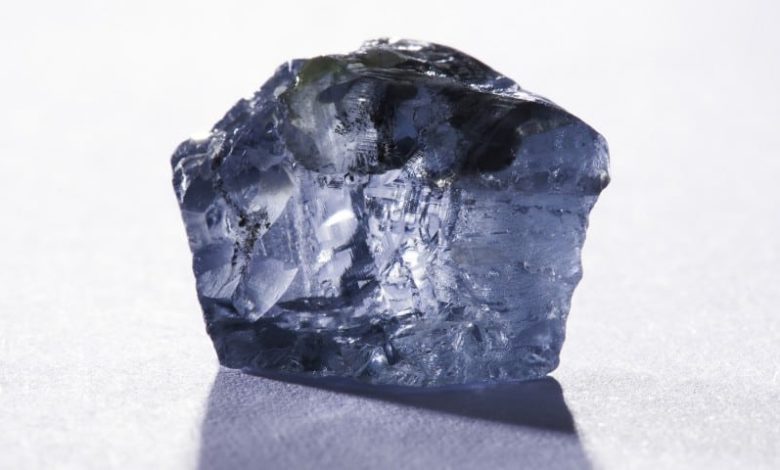Diamond prices decline in June

Diamond prices continued to decline in June as decreased demand from the US and the Far East affected manufacturers.
This is according to the latest report from Rapaport which found that diamond markets were relatively quiet as US demand after the JCK Las Vegas show was weaker than in previous years, and demand from the Far East remained cautious.
The report highlighted that diamond manufactures are under pressure and continue to lose money on their rough supply.
The RapNet Diamond Index (RAPI) for 1-carat laboratory-graded diamonds fell 0.9% in June. RAPI for 0.30-carat diamonds declined 2.5%, RAPI for 0.50-carat diamonds dropped 2.6% and RAPI for 3-carat diamonds decreased 1.7%.
During the second quarter of 2015 RAPI for 1-carat diamonds fell 1.6% and, on July 1, was down 15.3% from the same time a year earlier.
According to the report – ‘Summer Heat Brings Price Pressure’ – profit margins for manufacturers are being squeezed between stable rough diamond prices and declining polished.
It said rough producers prefer to reduce supply rather than prices in the current weak market. Rough prices remained relatively stable in the second quarter after slipping an average 5% to 7% in the first three months of the year.
According to Rapaport estimates, De Beers rough sales fell by approximately 28% year-on-year to $2.5bn (£1.6bn) in the first half of 2015.
It said that manufacturers are expected to further reduce their rough purchases in the coming months in an effort to shrink existing inventory and raise liquidity levels.
In a statement, Martin Rapaport said: “Diamond prices have declined in 2015 and many categories are now trading at discounts greater than 35% below the Rapaport Price List.
“The diamond trade must prioritise the purchase of polished diamonds over rough diamonds. It makes no sense to buy rough that is more expensive than existing polished. Buying polished instead of rough supports polished prices while reducing the amount of new polished entering the market. It dries out the market, creating shortages that support polished prices.”












